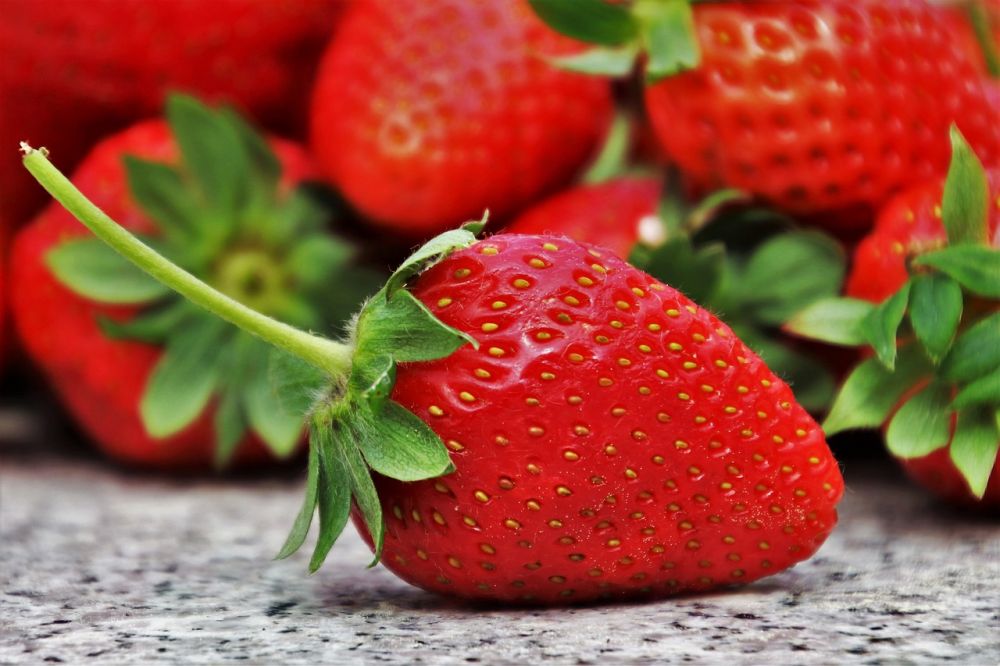5 2 Diet & Alcohol: A Comprehensive Guide to Balancing Health and Indulgence

Introduction
The 5 2 diet has gained significant popularity in recent years due to its potential health benefits and flexible approach. This article aims to provide a thorough overview of the 5 2 diet and its relationship with alcohol consumption. Dive deep into the various types of 5 2 diets, quantitative measurements, differences between them, as well as a historical exploration of their pros and cons.
1. An In-depth Overview of the 5 2 Diet

The 5 2 diet, also known as the Fast Diet, involves intermittent fasting for two non-consecutive days each week, while eating normally on the remaining five days. This dietary pattern allows individuals to incorporate periods of fasting, which has been linked to several health benefits, including weight loss, improved metabolic function, and reduced risks of chronic diseases.
2. A Comprehensive Presentation of 5 2 Diet & Alcohol
a. Types of 5 2 Diets
– Alternate-Day Fasting: This variation involves fasting every other day, restricting calorie intake to around 500-600 calories on fasting days.
– Modified Fasting: This approach permits a limited calorie intake, such as 20-25% of normal daily energy needs, on fasting days.
– Time-Restricted Eating: Instead of specific fasting days, this type of 5 2 diet focuses on restricting the eating window to a few hours each day, providing extended fasting periods.
b. Popularity
– The 5 2 diet has gained popularity worldwide, with many individuals incorporating it into their lifestyle to achieve weight loss and improve overall health.
– Notable celebrities and health influencers have also endorsed the 5 2 diet, further increasing its popularity and public awareness.
3. Quantitative Measurements of 5 2 Diet & Alcohol
a. Caloric Intake
– Fasting days on the 5 2 diet typically involve a reduced calorie intake, often ranging from 500-600 calories.
– Proper monitoring and careful selection of food and beverage choices during fasting days are crucial to ensure adequate nutrition and energy balance.
b. Alcohol Consumption
– Alcohol contains empty calories and can hinder weight loss efforts.
– When following the 5 2 diet, it is essential to moderate alcohol intake on non-fasting days and make mindful choices to minimize caloric intake from alcoholic beverages.
4. Discussion on the Differences between Various 5 2 Diets
a. Health Benefits and Weight Loss
– Alternate-Day Fasting may lead to more significant weight loss compared to Modified Fasting or Time-Restricted Eating due to more extended fasting periods.
– Time-Restricted Eating, although less intense in terms of fasting, may be more sustainable for some individuals and offer similar health benefits.
b. Feasibility and Adherence
– Alternate-Day Fasting can be challenging for some people due to the frequency of fast days.
– Modified Fasting and Time-Restricted Eating may be more feasible for individuals looking for a less restrictive approach that can be easily integrated into their lifestyle.
5. Historical Exploration of Pros and Cons of Various 5 2 Diets
a. Pros
– Weight loss: The 5 2 diet has shown promising results in promoting weight loss and reducing body fat percentage.
– Improved metabolic markers: Fasting has been associated with improved blood sugar control, insulin sensitivity, and reduced inflammation.
– Flexibility: The 5 2 diet allows for non-fasting days, providing individuals with the freedom to enjoy their favorite foods and drinks in moderation.
b. Cons
– Adherence challenges: Some individuals may find it difficult to stick to the fasting days, leading to inconsistency.
– Relationship with alcohol: The consumption of alcoholic beverages can hinder weight loss efforts and may impact overall health negatively if indulged in excessively.
Conclusion
The 5 2 diet offers a flexible approach to intermittent fasting, allowing individuals to reap health benefits while enjoying their favorite foods and drinks. However, it is essential to exercise moderation and make mindful choices, especially concerning alcohol consumption. With proper adherence and understanding of different variations of the 5 2 diet, individuals can achieve their health goals without completely sacrificing their indulgences.











